Stanley Kubrick’s The Shining, adapted from the bestselling novel of the same name by Stephen King (who hates the movie), is one of the most iconic horror films ever made. On the surface, it tells the relatively simplistic story of a writer taking his wife and son to an isolated hotel to work as the winter caretaker and then slowly going mad.
But since this is a Kubrick movie, it’s not that simple. The movie is filled with tiny details that suggest symbolic ideas and thematic substance. It can be interpreted in a number of different ways — and it has.
10 It Was All A Dream
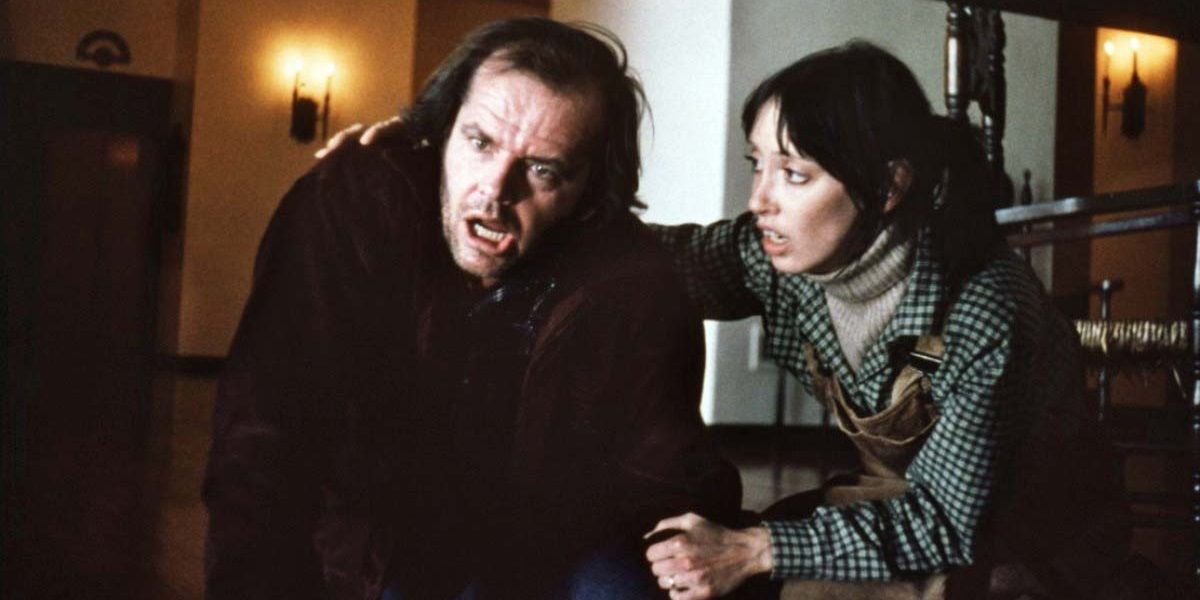
There’s a scene in The Shining in which Wendy finds Jack screaming at his typewriter, and he says he fell asleep and had a horrible nightmare in which he was forced to murder his family.
Some viewers have taken this as a suggestion that the whole movie is a nightmare taking place inside Jack’s booze-addled mind.
9 The Overlook Is Hell
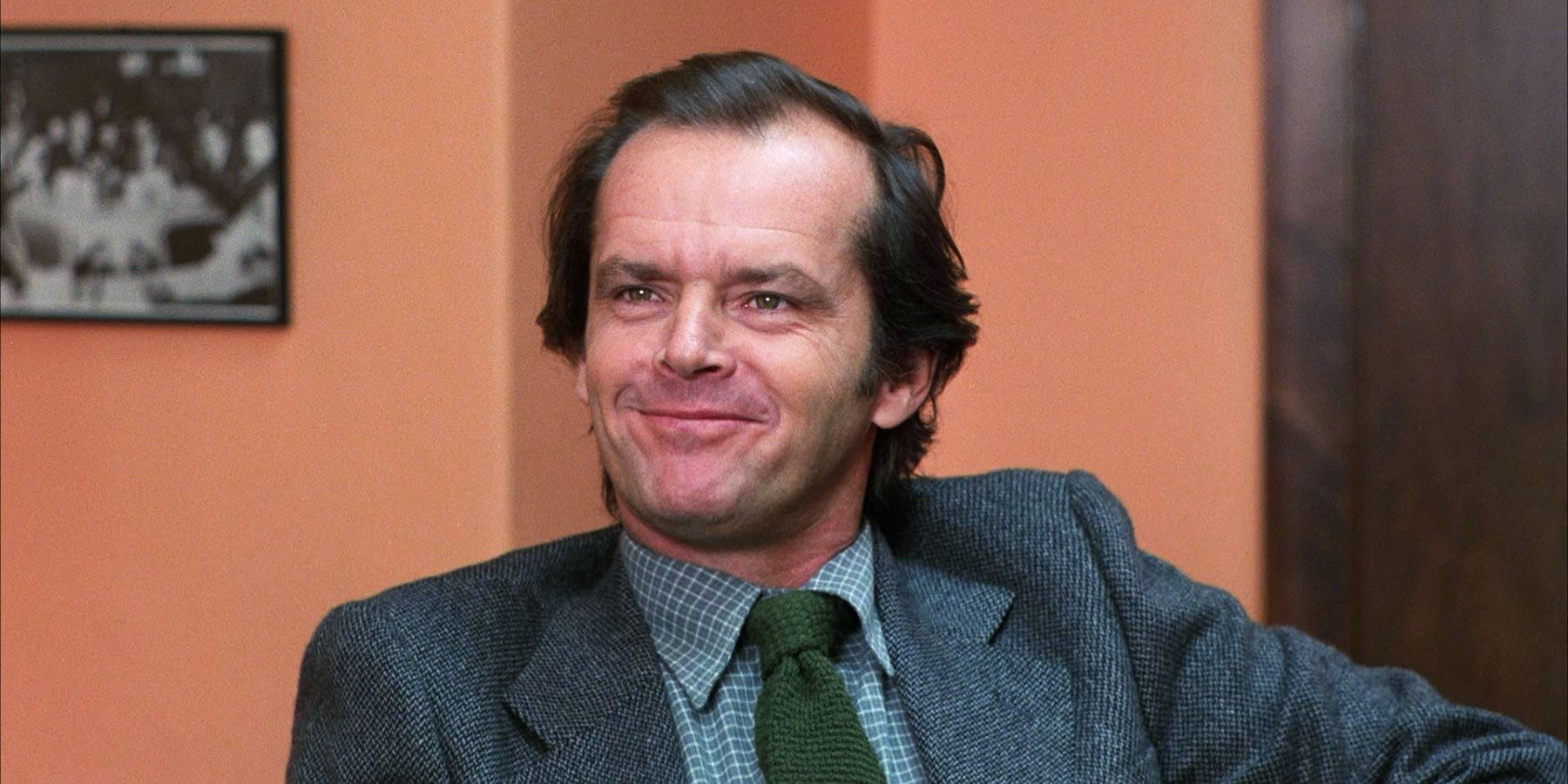
A pretty pedestrian reading of The Shining is that the Overlook Hotel represents Hell. When Jack signs his employment contract in the opening scene, he’s signing away his soul in a Faustian agreement.
The apparitions he sees during his time as the winter caretaker are demons tormenting him, while other scenes force him to confront his worst mistakes and fears.
8 Remembering The Holocaust
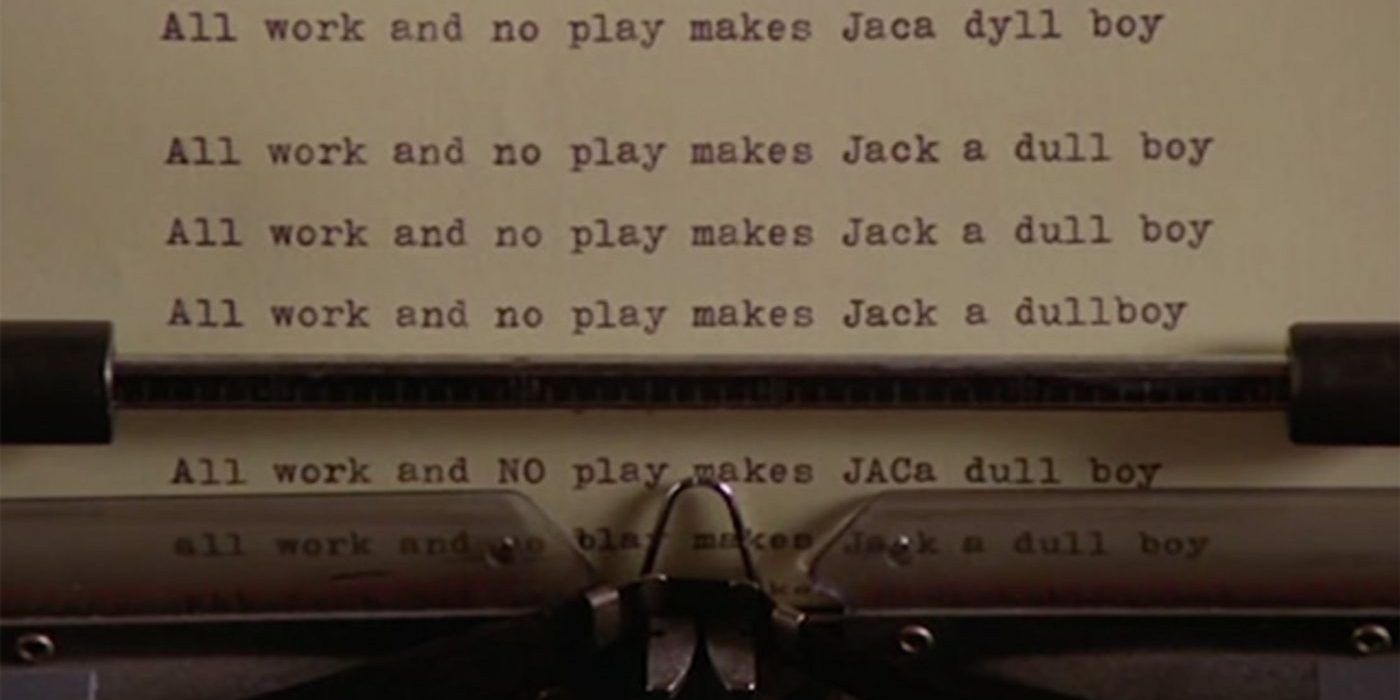
According to some viewers, The Shining is a reminder of the unforgivable horrors of the Holocaust. Kubrick was keenly interested in the Holocaust and developed a movie about it called The Aryan Papers before Schindler’s List shut it down.
The soundtrack of The Shining contains a number of post-war compositions inspired by the Holocaust. Jack wears a t-shirt bearing an eagle, a symbol of the Nazi Party, while the model of his German-made typewriter, Adler, translates as “eagle.” The number 42 is all over the movie (2x3x7=42, The Summer of ’42 on TV, 42 cars in the parking lot etc.), which has been seen as a reference to 1942, the year the Nazis instigated “the Final Solution.”
7 Sexual Abuse
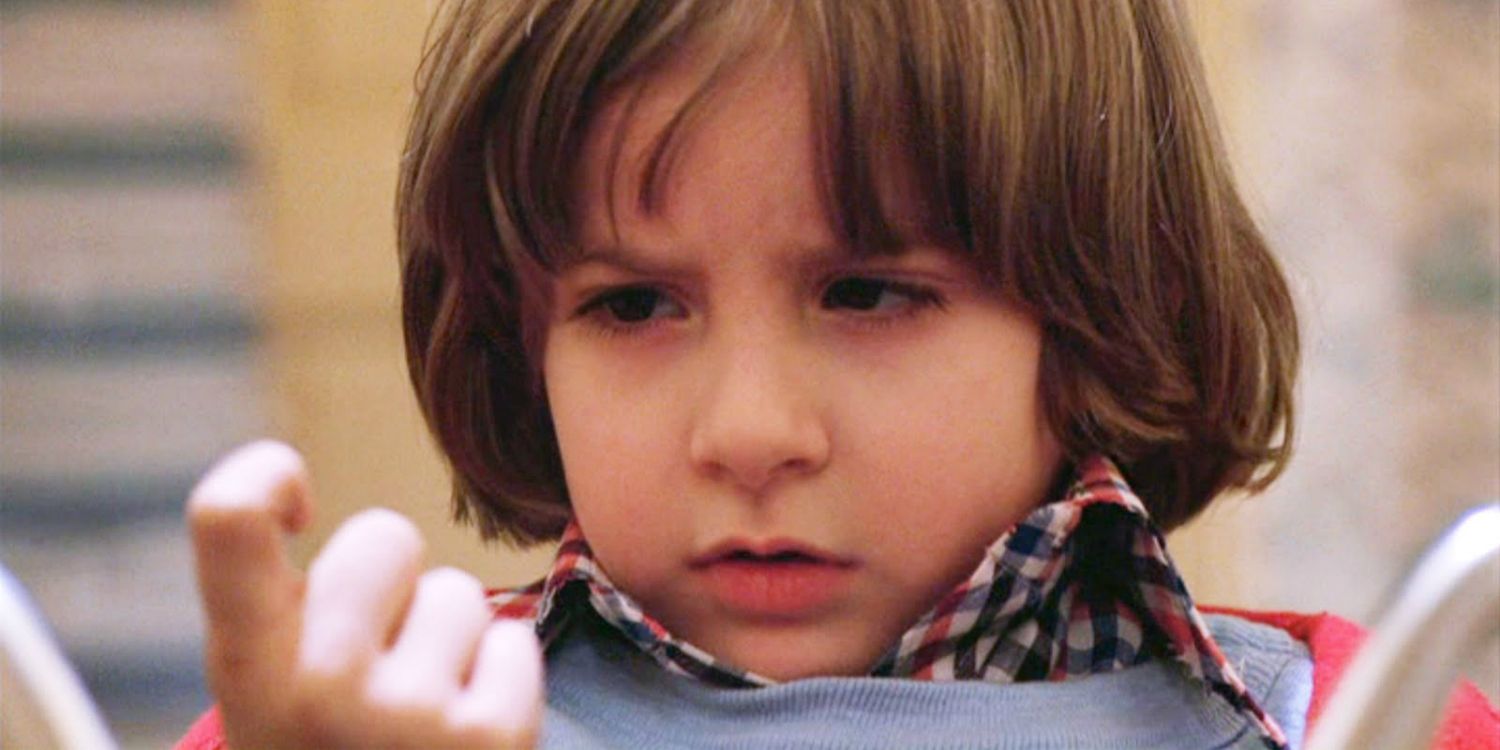
Throughout The Shining, it’s mentioned that Jack once hit Danny, but it’s heavily insinuated that the abuse goes much further than that. Some fans have even suggested that the movie is about the trauma of sexual abuse.
Jack is seen reading a Playgirl magazine with an article about incest, while the movie’s sexual imagery plays like a child’s naive understanding of sexuality, like Jack kissing the naked woman he finds in the bathtub.
6 The Murder Of Native Americans
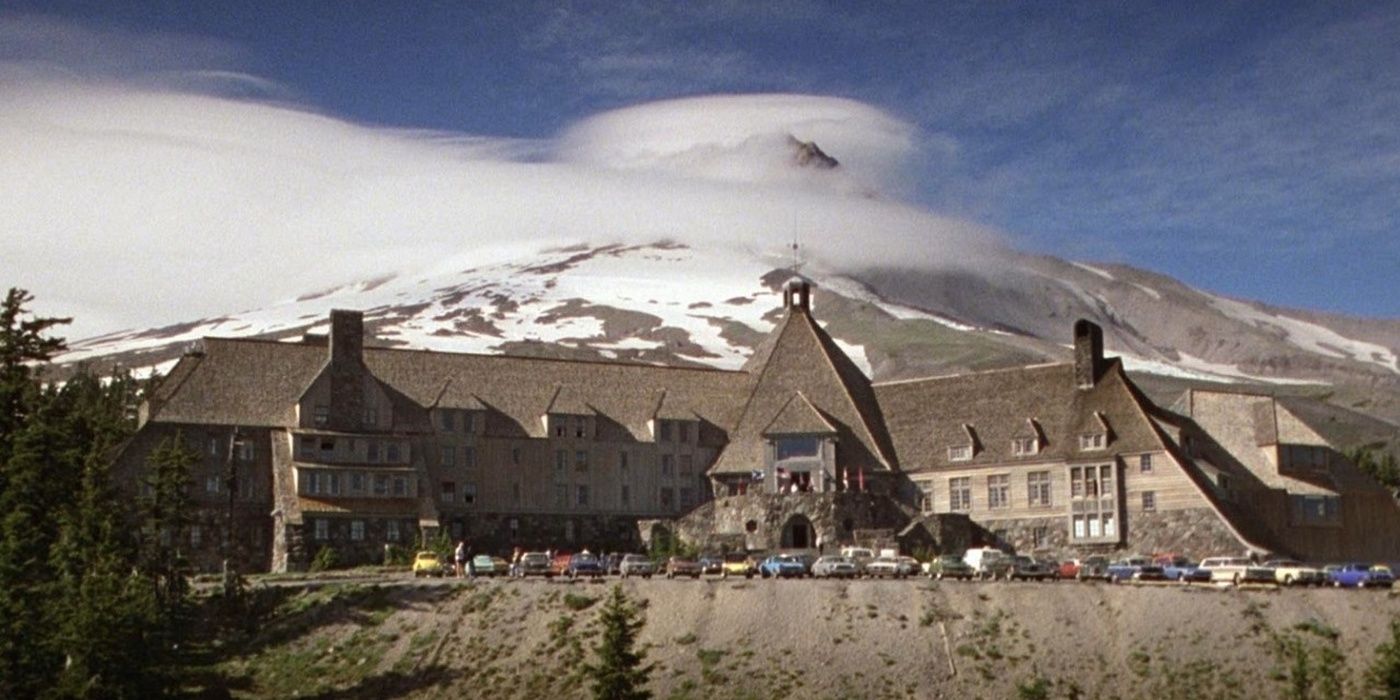
A common trope in American horror movies is the “Indian burial ground.” It plays heavily on white guilt, as white people build on land in which native people are buried and then the building is haunted by their spirits.
In The Shining, Stuart Ullman mentions that the Overlook was built on an "Indian burial ground," suggesting that the ghosts that haunt the hotel are the vengeful spirits of murdered Native Americans. The date on the photograph in the final shot, July 4, has been seen as an ironic wink affirming this interpretation.
5 Jack Is The Devil
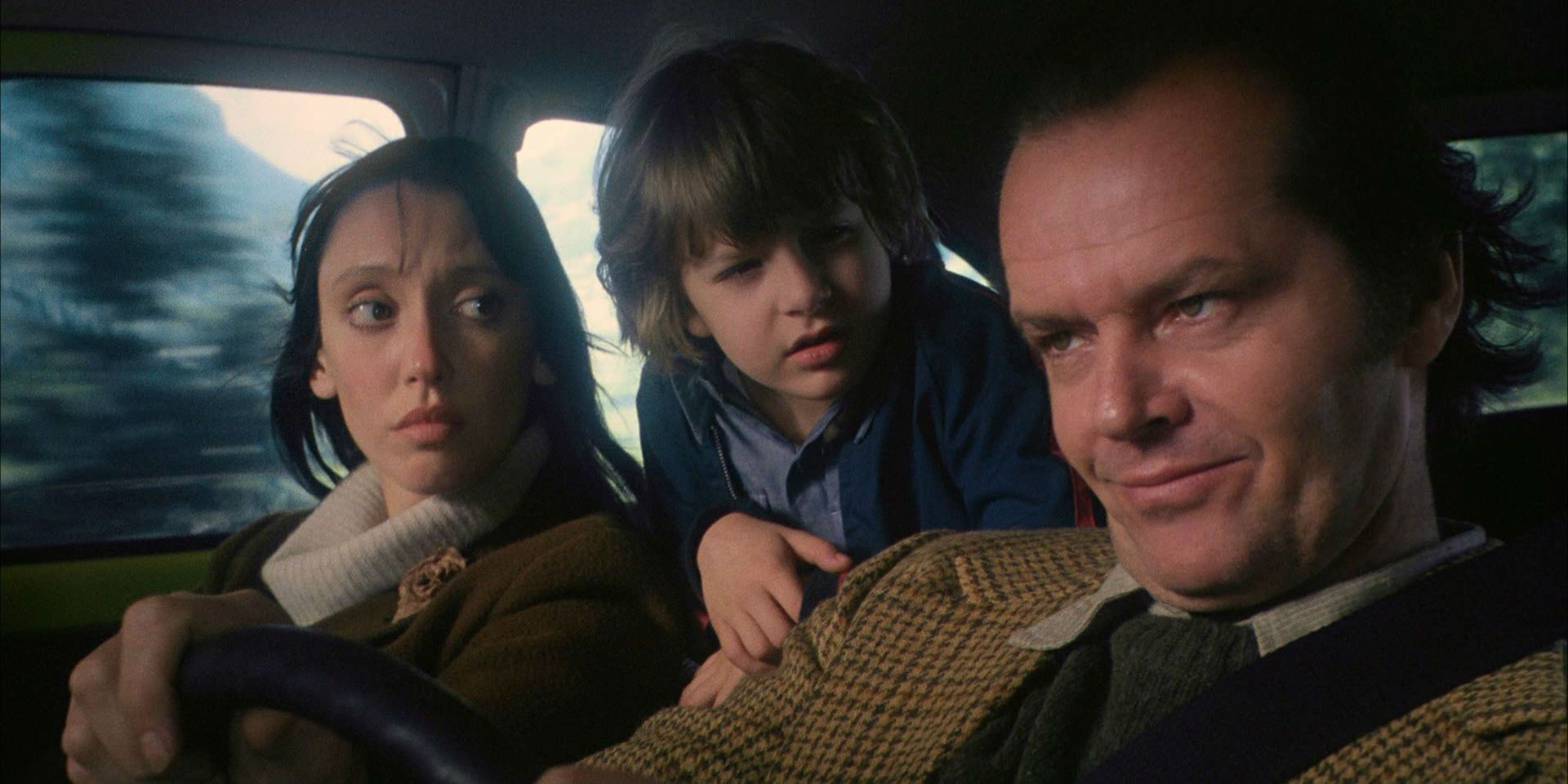
Based on the fact that Jack becomes the embodiment of pure evil throughout the movie, some viewers of The Shining believe that he is the Devil. To hammer this home, the pose he’s striking in the photograph in the final shot is the same pose demonstrated by Baphomet, aka Satan, on his tarot card.
However, Jack Nicholson’s face was airbrushed into an old photo in which some guy who didn’t know the picture would one day be in The Shining was already doing that pose. Still, there’s a chance that that’s why Kubrick chose that photo.
4 Eternal Return
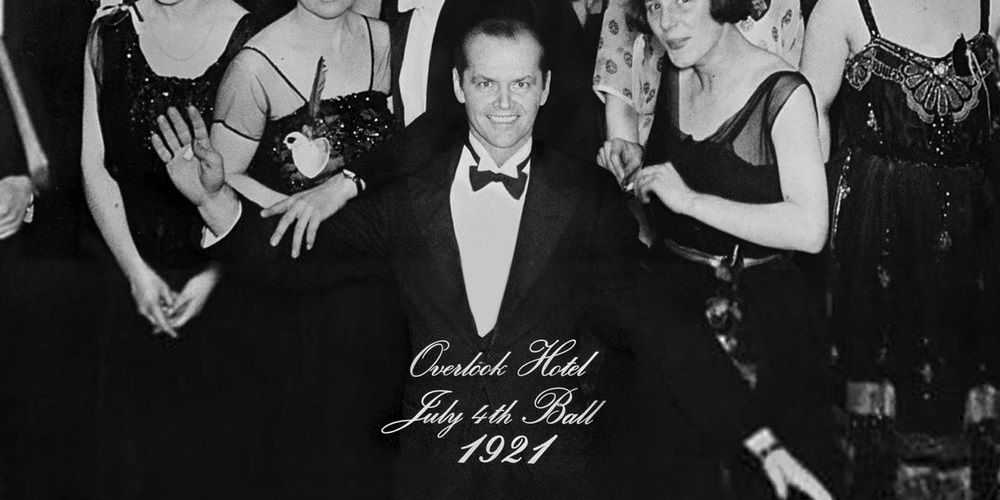
Kubrick’s philosophical mindset has been compared to Nietzsche’s. Both believe in the concept of “eternal return,” the idea that all existence is recurring and history is doomed to continually repeat itself.
In The Shining, the previous winter caretaker snapped and killed his family, then Jack did the same. The final shot of the photograph suggests that Jack, or whatever demon possessed him, will spend eternity resurfacing in the Overlook in search of new blood.
3 CIA Mind Control
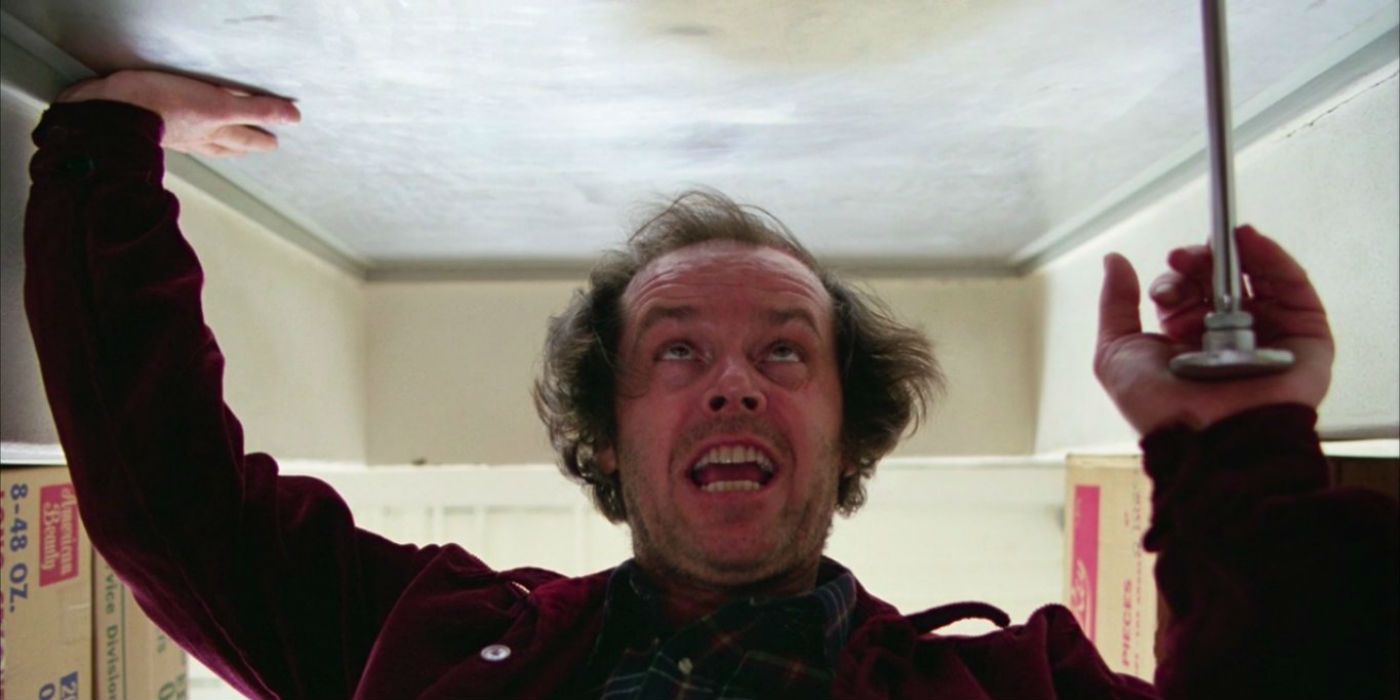
In one of the shots of the Grady twins, there’s a ski poster with the word “Monarch” on it. “Monarch” was rumored to be the code name of MKUltra, the CIA’s shady mind control experiment that used LSD to break down prisoners’ brains.
The theory goes that the Overlook represents the CIA and Jack represents a prisoner the agency is mind-controlling, presenting him with hallucinations of ghosts and other horrific imagery to crack his mind like an egg.
2 Kubrick’s Confession That He Faked The Moon Landing
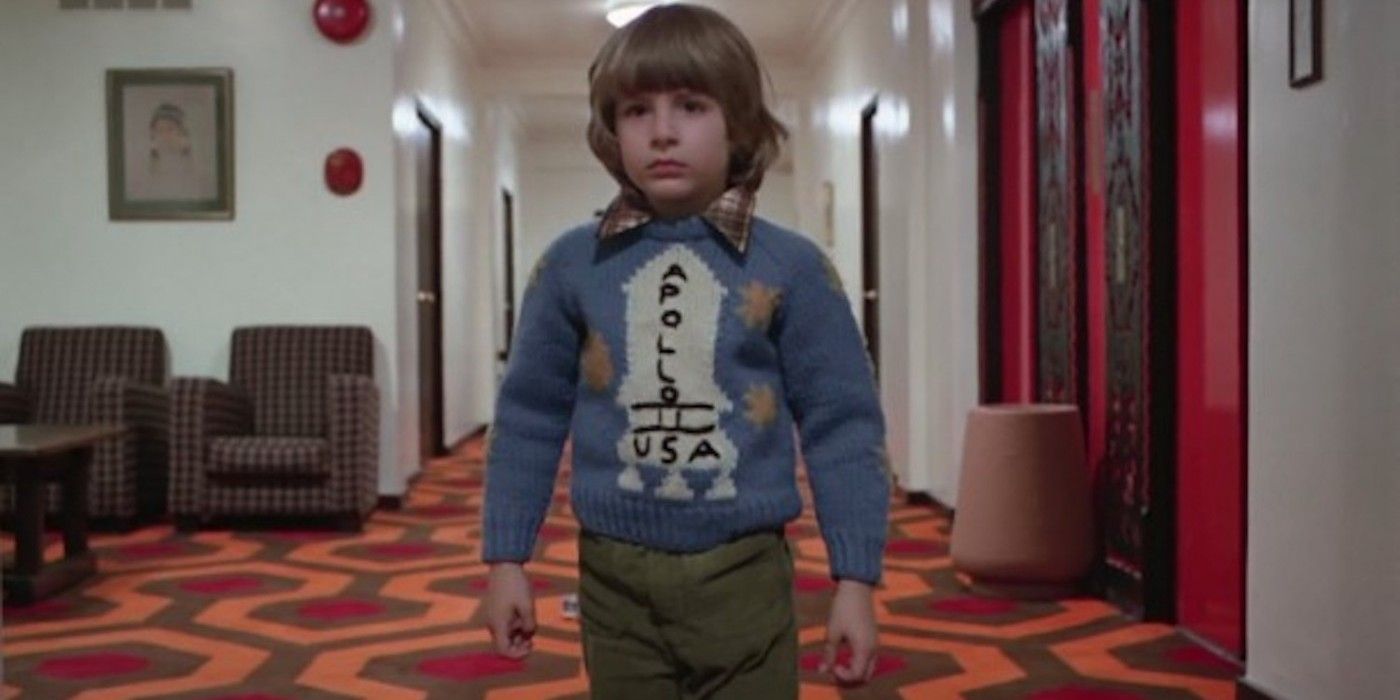
There’s a widespread conspiracy that the 1969 Moon landing was faked so that America could win the Space Race over the Soviet Union. The conspiracy goes that the TV broadcast of the landing was filmed by Stanley Kubrick using sets from his movie 2001: A Space Odyssey, which was released a year earlier. Although this conspiracy is almost definitely untrue, some viewers have still read The Shining as Kubrick’s confession that he was involved in faking the Moon landing.
Danny wears a sweater with the Apollo 11 space shuttle on it, while Room 237 (changed from 217 in the book) could be reference to the 237,000-mile distance between the Earth and the Moon. Some theorists even claim that the typed word “All” in “All work and no play...” looks like “A11,” an abbreviation of Apollo 11.
1 The Chaos Of Life
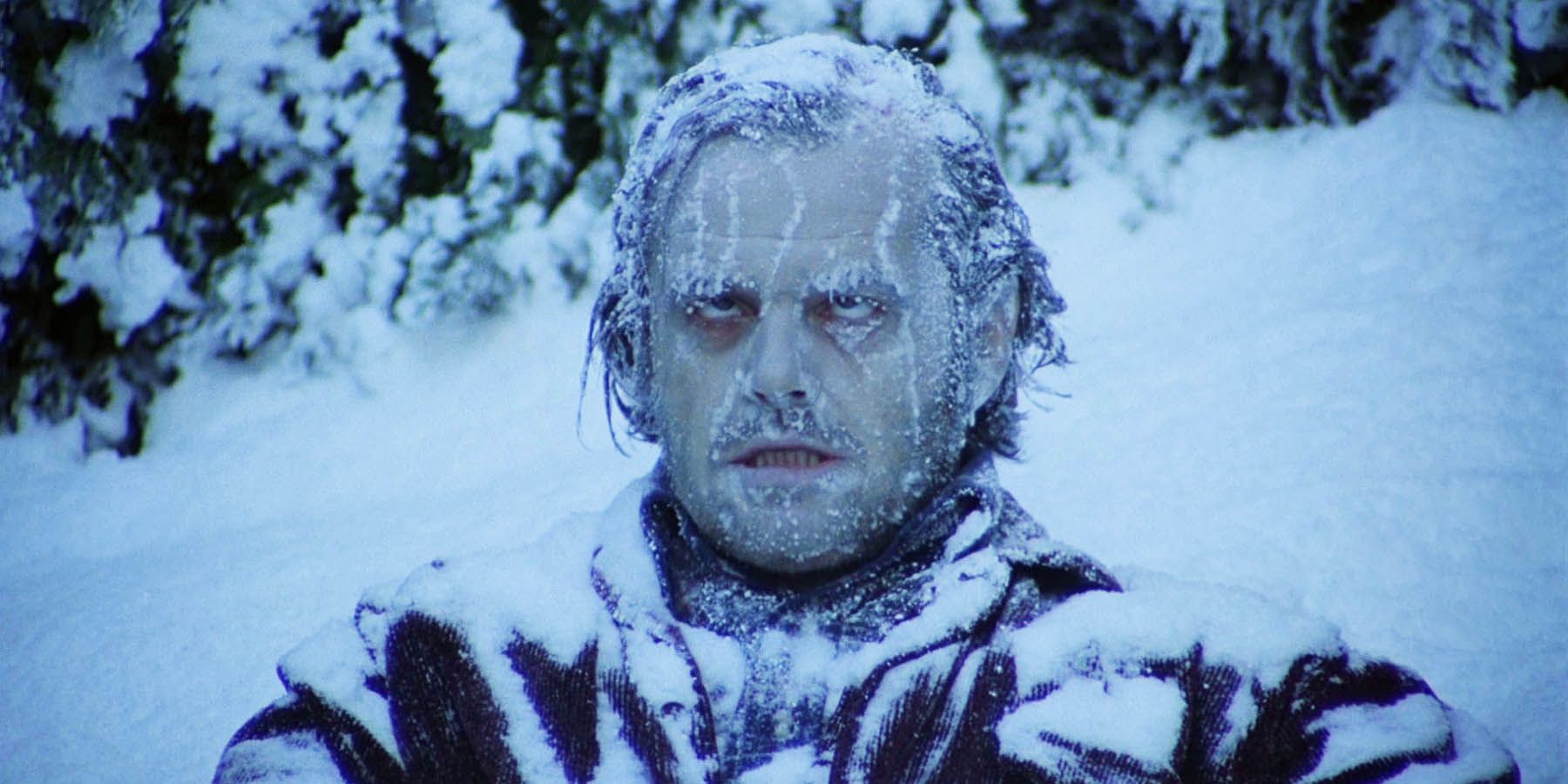
One of the wilder theories about The Shining is that it’s not about anything in particular, but in referencing so many Freudian concepts in a movie that can’t be fully understood, Kubrick may have made a movie that quintessentially captures the chaos of life.
The use of mirrors, twins, and symmetrical composition reflects (no pun intended) how people live their lives, constantly looking inwards and examining themselves.
from ScreenRant - Feed https://ift.tt/2OKf2tr



0 Comments